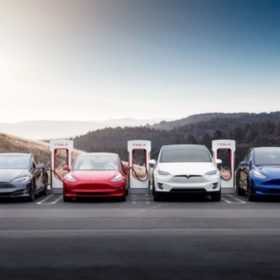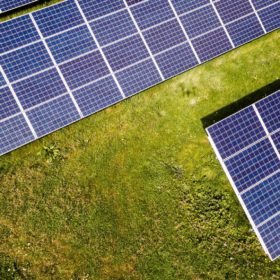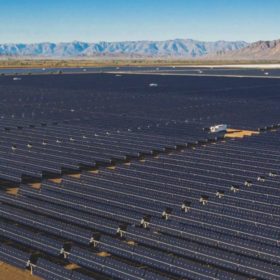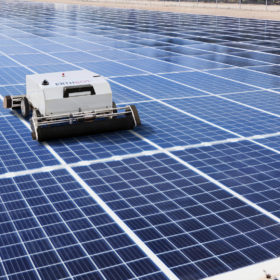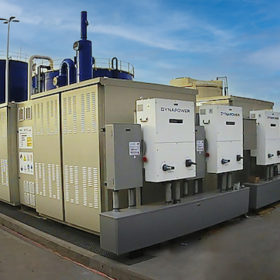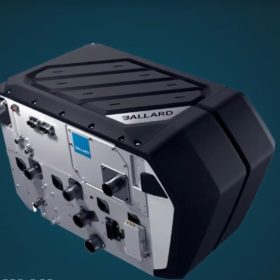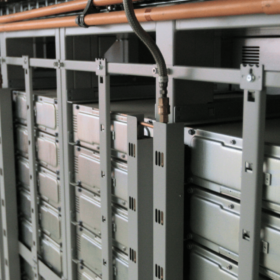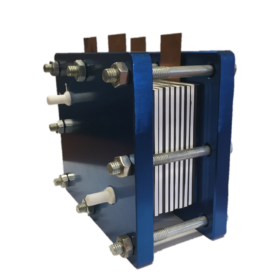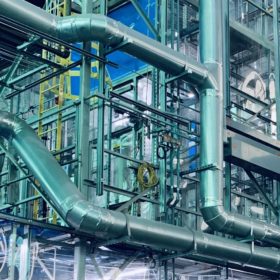Australia’s Core Lithium signs four-year supply deal with Tesla
With the global demand for lithium accelerating, Australian miner Core Lithium has inked a deal to supply United States-based electric vehicle and battery maker Tesla with up to 110,000 tonnes of lithium spodumene concentrate.
‘The major solar players will shift from PERC to TOPCon’
US analyst Clean Energy Associates made some notable predictions in its Q4 survey of the world solar manufacturing market, including echoing predictions made elsewhere that the new polysilicon production capacity coming online now will help arrest the spike in solar panel prices.
US-based renewable power producer sets up shop in Australian energy sector
United States independent power producer BrightNight has announced its formal entry into the Australian energy market, saying the company’s solutions could play a critical role in the nation’s continued journey towards a renewable energy future.
Rackless, earth-mounted solar provider earns funding
Erthos secured a US$17.5 million (AU$24 million) Series B from an investor who participated in the startup of Tesla and SpaceX. The utility-scale solar company has a 2.5GW project pipeline.
Redflow’s redox flow batteries to be assessed by Underwriters Laboratories
Underwriters Laboratories, a US non-profit standards development organisation, will carry out research into the operating and safety profile of Queensland company Redflow’s redox flow batteries under nominal and off-nominal conditions.
Adani signs MoU for hydrogen fuel cell manufacturing in India
Adani Group and the Canada-based PEM fuel cell producer will examine various options to cooperate, including potential collaboration for hydrogen fuel cell manufacturing in India.
100MW of modules detained in the US under Hoshine WRO released
Shipping containers storing roughly 100MW of LONGi solar modules have been released, reports ROTH Capital Partners in an industry note, while Trina has had the vast majority of its detained product released, if not all of it entirely.
World’s largest lithium-ion battery is down, again
The Moss Landing Energy Storage Facility Phase II in the United States set off fire alarms that activated a fault water suppression system, triggering a cascading set of events that resulted in roughly 10 battery packs melting down.
Viologen redox flow battery for renewables storage
Conceived for the storage of residential and large scale renewable energy, the device has a rated power of over 150mW/cm2, an energy density exceeding 40Wh/L, and a power density of 72.5mW/cm2. The battery was built with an anode made of inexpensive viologen and its cost, according to its creators, may be lower than US$100/kWh (AU$140).
Water-based electrolyser for green hydrogen production
U.S. company Verdagy has secured a US$25 million (AU$35 million) investment for its new electrolyser technology, which provides hydrogen fuel for heavy industrial applications. The membrane-based technology uses large active area cells, high current densities, and broad operating ranges to deliver hydrogen at scale.
